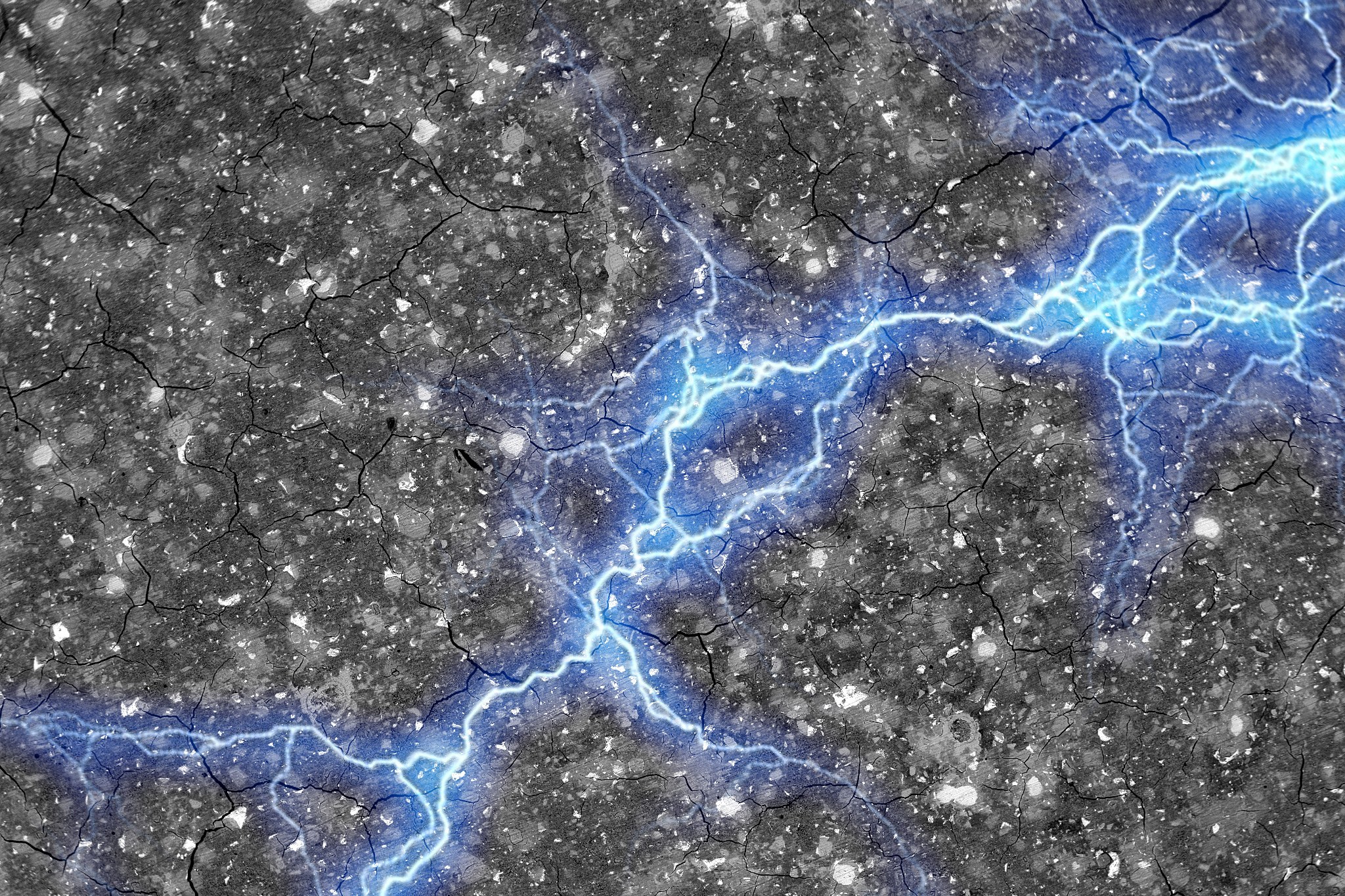MIT engineers created a carbon-cement supercapacitor that can store large amounts of energy. Made of just cement, water, and carbon black, the device could form the basis for inexpensive systems that store intermittently renewable energy, such as solar or wind energy.
The original paper says you’d need 45 cubic meters of this stuff to store the daily energy for one house, which is about 60 yards of concrete. But even a relatively thick 5" pad that’s 1500 square feet only has 23 yards of concrete in it.
So they’d have to improve the energy density by 3x before this is commercially viable.
That’s a rather high threshold for “commercial viability.” You can’t power a house with alkaline batteries but they’re still commercially viable.
Yeah, but you can use it for demand smoothing: store the collected solar during the day and use that at night.
If you’re gonna use concrete anyway, this is definitely more useful. But if you’re going to use it as your only battery you’re better off with other technologies.
Or you could make the pad thicker for the purpose of storing more power. Or just make some concrete in the driveway, as blocks stored underground and out of the way, or as part of the walls instead of limiting it to only the foundation.
All of which are great for double duty uses even if additional options are needed because it reduces the space needed for additional options.
And companies like ICON are already building extraordinary printed concrete houses, they could use this mixture and the house itself is the storage.
True. Concrete has excellent thermal properties and I wouldn’t mind having a totally concrete house that was also my battery. Though we won’t have any details on the cost until it hits the market.
Is it as function as regular concrete? Could I use it as a shop floor or something?
They’re claiming you can use it for roads and buildings, so I guess so.
You’re assuming they can repurpose structural concrete with this stuff. It’s highly unlikely that this capacitor material could be structural. If it’s not a strength concern then it’ll certainly be an efficiency one. I doubt you want metal things and people walking on your capacitor.
Higher energy density is going to be needed for sure, but as a brutalism evangelist, I’m gonna take this chance to say we could just make the whole building out of concrete so it’s all one big battery.
As a solarpunk evangelist, put these at the bottom of canals that are covered with solar panels, so they can store their own energy.
Depending on your country, many places don’t use wood for the structure.
“the load-bearing cement-based matrix” makes it sound like it could be used structurally. Foundation and concrete block frame. Sounds like the buildings could be the energy storaga themselved along with the footing of windmills. Am I getting this wrong?
I need someone with more smarts than me to read the article and make sense of it for good ole room temperature IQ me
MIT researchers have created a new type of energy storage device called a “supercapacitor” using common, inexpensive materials - cement, carbon black, and water.
A supercapacitor is like a battery that can store and deliver energy. This new supercapacitor made of cement and carbon black mixed with water can store significant amounts of electrical energy.
The key is that when carbon black is mixed with cement and water, it forms wire-like structures within the hardened cement. This gives the cement a very large surface area to store electrical charge. The cement-carbon mixture is soaked in an electrolyte salt solution to provide the charged particles.
Two conductive plates made of this cement-carbon material can store energy like a battery. The materials - cement, carbon black, and water - are abundant and inexpensive. A block of this material 45 cubic meters in size could store enough energy to power a household daily.
This new energy storage technology could be useful for storing energy from renewable sources like solar and wind which are intermittent. Applications could include building foundations, roadways, vehicles, and off-grid homes.
The cement retains strength for structure while storing energy. Since the materials are widely available, this technology could provide low-cost energy storage worldwide. The team plans to scale up the supercapacitor’s size for real-world testing.












